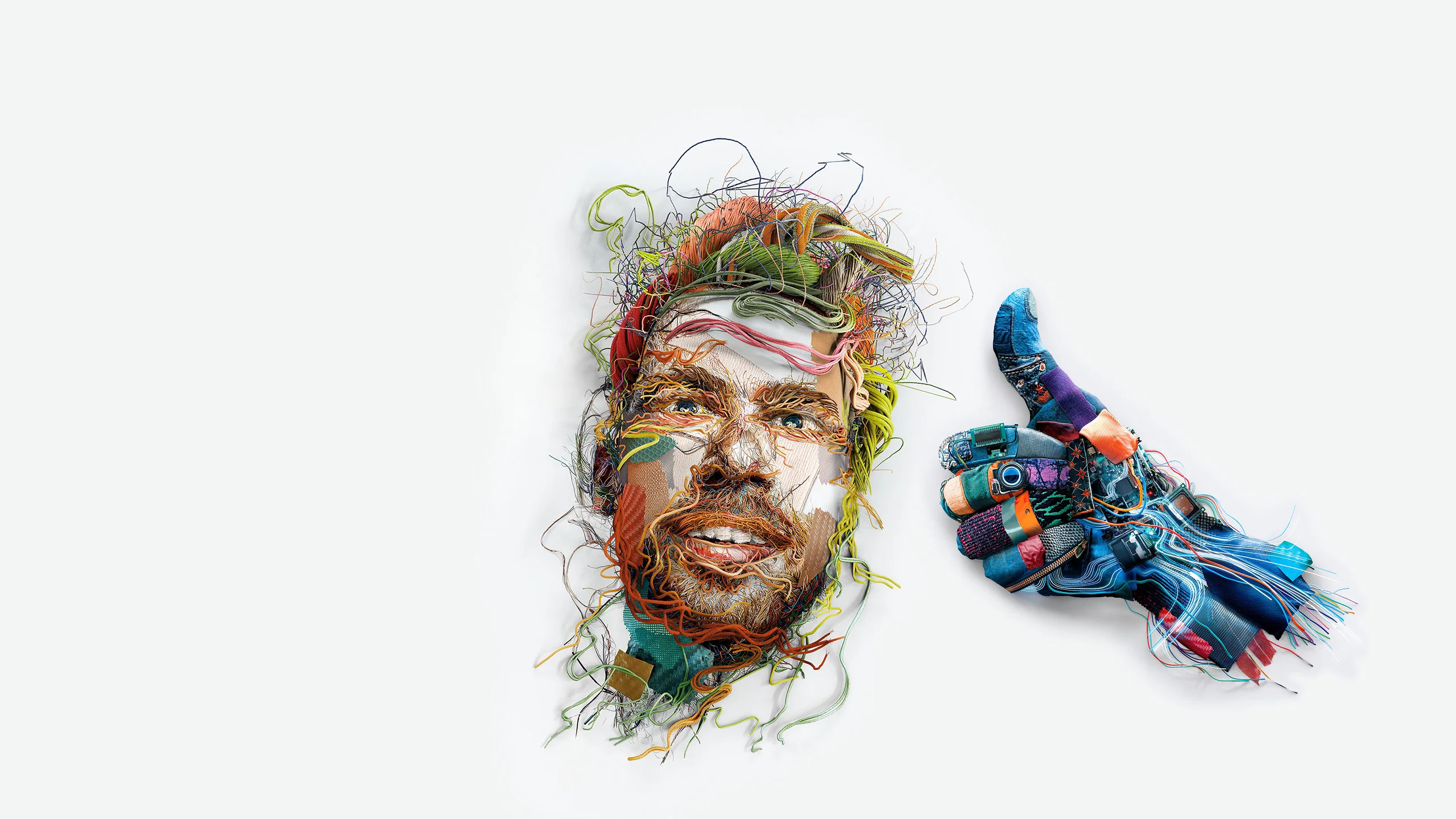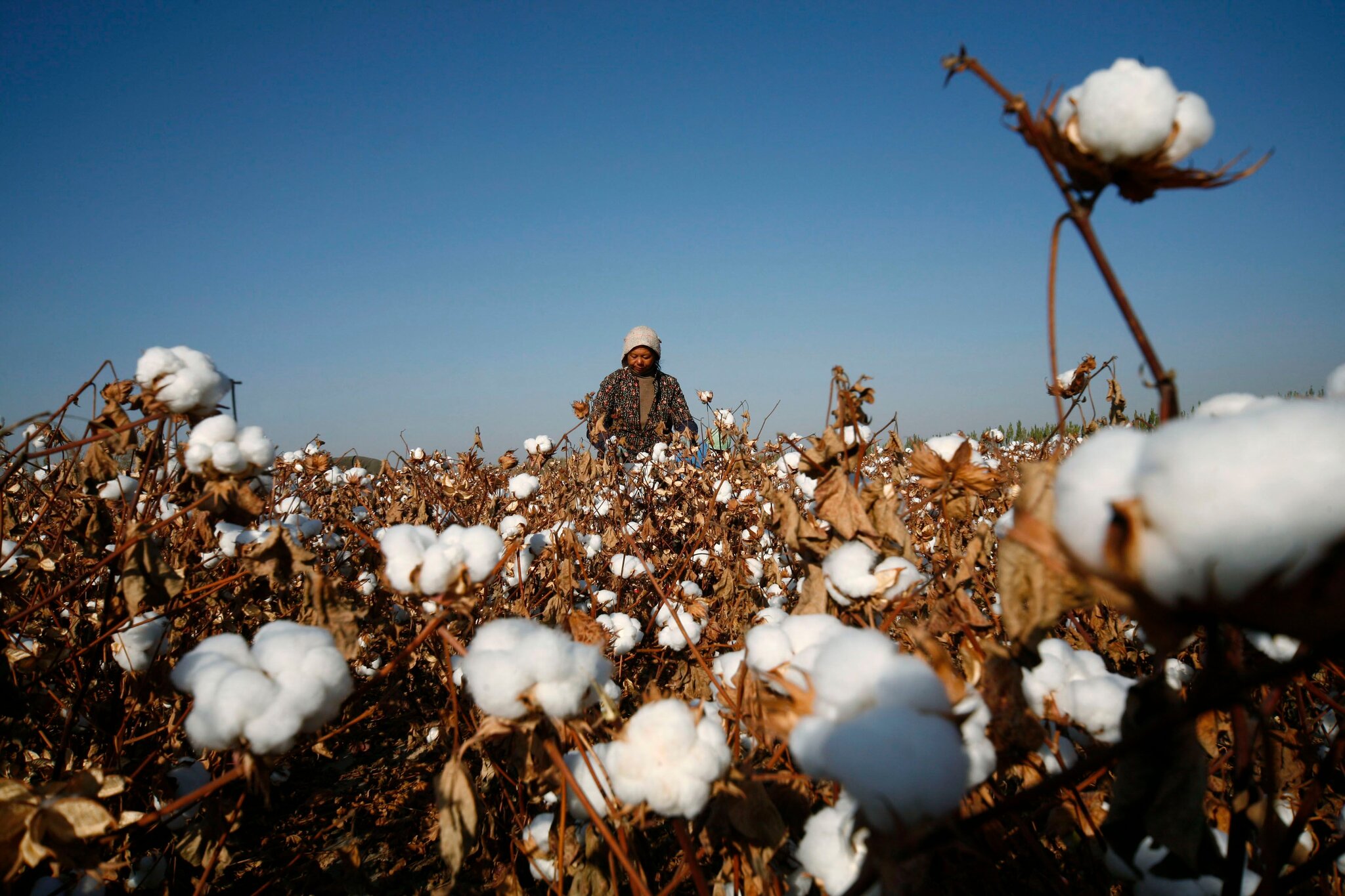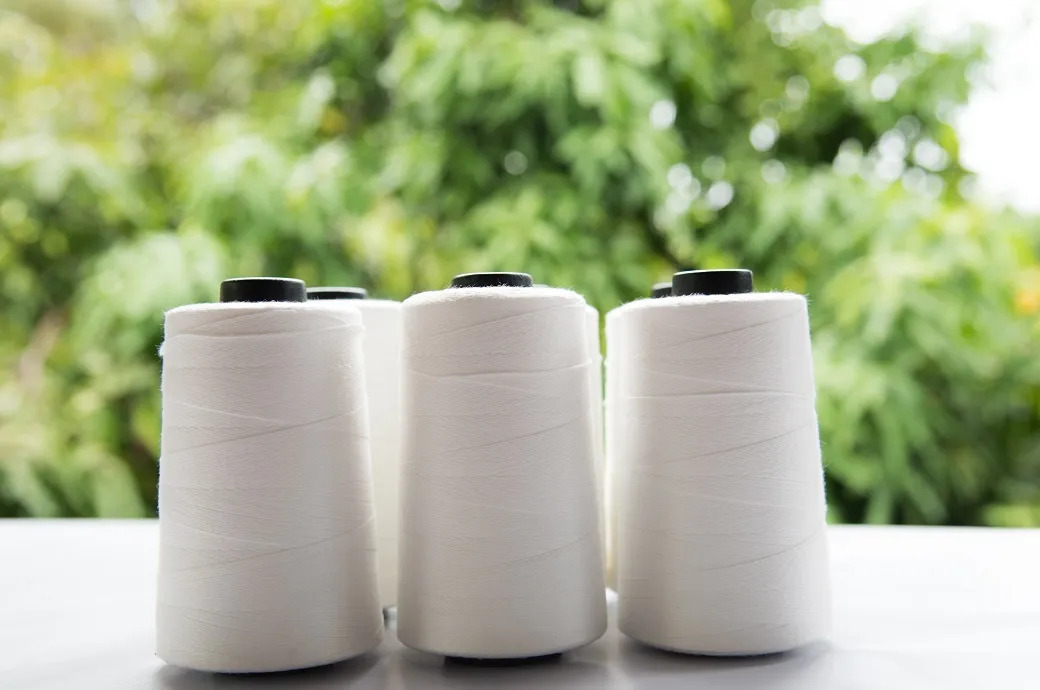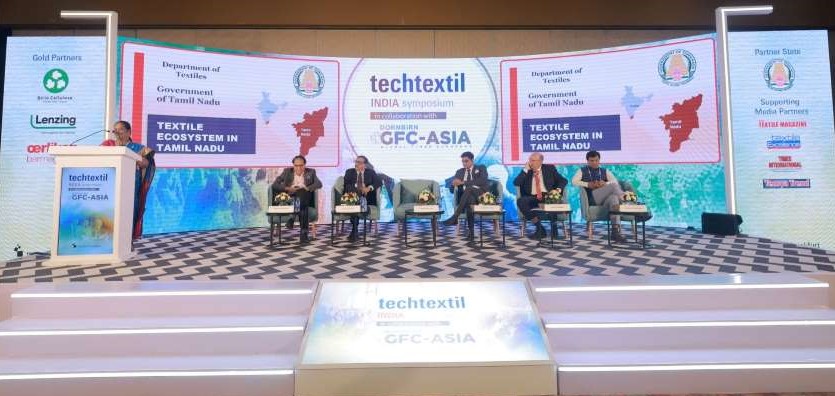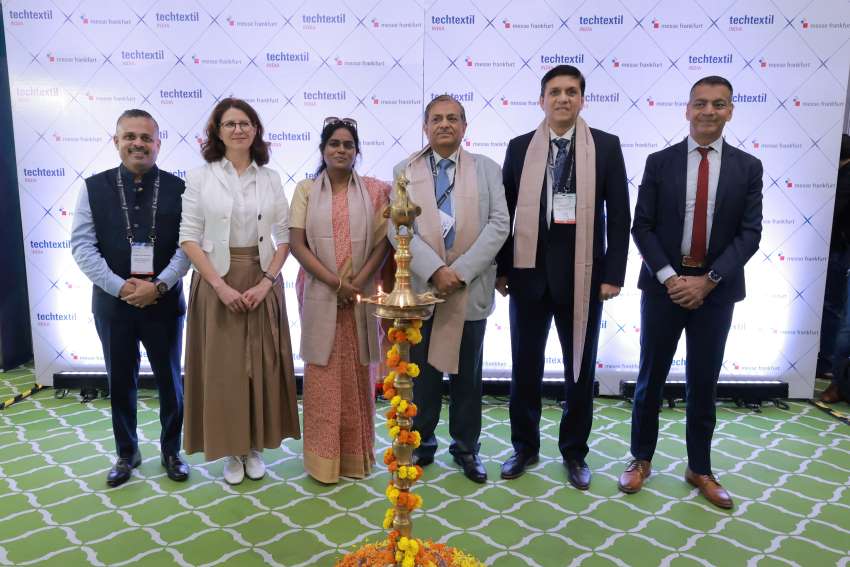FW
A new study by non-profit organisations Fair Action and Future in Our Hands has targeted H&M for not doing enough to prevent discrimination of Syrian migrants and refugees working in their supply chains in Turkey. The report also takes aim at other Nordic fashion brands like Lindex, KappAhl, Gina Tricot and Varner.
As the world's third-largest supplier of clothing after China and Bangladesh, Turkey is also the third biggest non-European exporter of clothing to Sweden and Norway. It is also an important sourcing location for many fashion retailers including H&M.
Although Syrians can legally work in Turkey, data indicates that only 7,000 of the estimated 400,000 Syrians who work there have been able to obtain work permits. This means most Syrian workers are undocumented that makes them prone to working long hours in Turkey’s garment factories coupled with unsafe conditions and wages far below the minimum wage. Adding to this is how Syrians are less likely to complain about low wages and poor working conditions out of fear of losing their only source of income, and because of a lack of access to employment contacts and social security. The study also found that a few Syrian refugees working in the Turkish suppliers’ factories of the retailers mentioned.
The fashion brands often liaise with a third-party organisation to conduct audits at their supplier’s factories which could lead to a conflict of interest. According to the study, the five retailers’ current monitoring processes do not offer an accurate estimate of the exact number of Syrian refugees working in their supply chain in Turkey.
H&M and Varner have taken initiatives to address the issue while Lindex has just begun to do so. Future in Our Hands says, Gina Tricot and KappAhl have not done so yet.
As major British apparel retailer Next Plc slashed its work order volume, Bangladesh has already started feeling the pinch of Brexit, claims a senior official of a sourcing company. The UK is the third largest garment export destination for Bangladesh after the US and Germany.
Next, is the largest clothing retailer in the UK. It had planned to buy about $260 million worth apparels from Bangladesh in 2016. But in the end, the clothing, footwear and home products retailer sourced about $180 million of garment items, it is understood. Next usually purchases $10-$20 million more than its annual target. Last year was an exception. Next sources clothing worth more than $500 million from Bangladesh in two ways: either directly from garment factories or indirectly through sourcing companies. The purchase volume of Next through third party vendor agencies might have also shrunk last year.
Simon Wolfson, CEO of Next, held a meeting with suppliers in Bangladesh on December 22 last year to inform them about the challenging landscape it was staring at. Established in 1982, Next has around 750 stores, of which 550 are in the UK and Ireland. In 2016, its total sales stood at £4.1 billion, up slightly from the previous year. In fiscal 2015-16, Bangladesh's garment exports to the UK soared 21.37 percent to $3.52 billion, reads a data of the Export Promotion Bureau.
Indian textile industry wants the next Union Budget to reduce the excise duty on manmade fibers and bring it on par with that of cotton. The industry has been demanding a level-playing field with respect to cotton for a long time now and some rationalisation is expected from budget 2017-18. The argument is that garments produced through manmade fibers are primarily used by the economically weaker sections of society.
The manmade fiber requirement of the Indian textile industry is expected to jump by at least five times by 2025 from what it is now. Yarns made of polyester and synthetics are in good demand. Fibers like nylon and polyester have an excise duty of 12.5 per cent while for other yarns like cotton the excise duty is negligible.
The industry also wants a 20 per cent excise duty subsidy on handicrafts and handloom sector goods destined for export to the US and East Europe. A long term plan, says the industry, to boost textile exports from India which would enable India to pull ahead of China by 2020 would help. GST also comes into the picture. Since fabrics in the unorganised sector are not covered under excise, the question is how fabrics will be brought into the GST chain.
Austria-based Lenzing produces premium sustainable cellulosic fibers including tencel, viscose and modal in production sites around the world, including the United States, Europe and Asia. The company produces 9, 65,000 tons of fiber for the global textile and nonwoven markets.
Lenzing is setting up a facility in the US for producing tencel fibers. The new facility will have a capacity of 90,000 tons of fiber. Once completed, the new facility will be the largest tencel fiber plant in the world. The facility is scheduled to start production in 2019.
Lenzing's current global tencel capacity is 2, 22,000 tons a year. The new plant will increase total tencel fiber capacity by more than 50 per cent. The company’s target is to earn 50 per cent of its revenue from specialty fibers by 2020.
Lenzing has a focus on profitable growth based on environmentally friendly specialty fibers. The company will expand its production capacities for specialty fibers. It will also expand and modernize its existing dissolving wood pulp production.
Additional new specialty fiber capacities of around 35,000 tons will be added over the next two and a half years. The aim is to increase dissolving wood pulp production from 56 per cent to 75 per cent of the group’s requirements for the production of botanic cellulose fibers by the end of the decade. The modernization will increase efficiency of the plants.
Indian handicrafts exports rose 8.3 per cent in the April to December period of this fiscal year from a year ago. Usually the last quarter does see a lot of handicraft exports but it’s possible that handicraft exports will rise ten per cent in 2017-18 over the current fiscal year. Even the country’s overall merchandise exports during the April to December period saw only a marginal rise of 0.75 per cent from a year earlier.
Considering exports in the overall textile and garment sector have witnessed a contraction in recent months, the performance of this segment is noteworthy. Attractive designs, quality products and aggressive promotion have been instrumental in boosting handicraft exports in recent years. Hit hard in the immediate aftermath of the global financial crisis in 2008, India’s handicraft exports bounced back in recent years, as outbound shipments more than doubled over the last five years, exceeding the growth in the country’s overall merchandise exports.
The US and the EU account for more than a half of India’s handicraft supplies. Handicraft exports have consistently exceeded the target set each year since 2009-10. While overall merchandise exports continue to suffer in recent years due to the gloomy external environment, the handicraft segment has bucked the trend.
In order to promote the fashion sector in Italy, the Italian government has allocated €35 million to the Italian Trade Agency (ITA), Industria Chimica Emiliana (ICE) . Confirming this, ITA President Michele Scannavini said this is a 45 per cent increase in resources, compared to that of 2016. This fund trade shows, multichannel marketing and distribution, expanding ‘Made in Italy’ brands into the world's most important department stores and e-commerce.
Another difficult year is predicted for Italian fashion throughout the world. But there is only one winning strategy to overcome stagnant sales, geopolitical tensions, and looming protectionism: play aggressively. This means investing, internationalising and innovating Industry 4.0 factories.
Minister for Economic Development Carlo Calenda is pushing for the fashion industry to adapt to rapidly-changing markets and it will do so with the government's help. Money isn’t the problem, the projects are, the minister says.
Product finishers, weavers and thread makers are all part of what Florence Center for Italian Fashion (CFMI) President Andrea Cavicchi calls Italy’s immense fashion expertise heritage. The CFMI controls trade show firm Pitti Immagine, which should be defended by all means.
Due to increased adulteration with substances like comber noil and other cotton waste by Gujarat’s ginners, textile mills in Tamil Nadu have drastically cut back cotton procurement from Gujarat in favour of states like Telangana and Maharashtra.
The Southern India Mills’ Association (SIMA) has also written to the Union textile ministry seeking intervention in this regard. Till 2015, mills of Tamil Nadu used to procure about 50-60 lakh bales from Gujarat alone. Last year, owing to adulteration, procurement was reduced by almost 60 per cent and shifted to other states. This year, a similar trend is seen. Probably the practice of adulteration is only followed by 10 per cent of ginners in Gujarat. But SIMA is worried about farmers in Gujarat. If prices drop because the products are not quality-compliant, what the poor farmers will do, asked K Selvaraju, secretary general of SIMA.
Interestingly, prices for cotton waste like comber noil which is used in large quantities for currency printing and medical textiles, have also seen an increase over the last couple of months. From Rs. 60 per kg in October, cotton waste is now sold at Rs. 80 per kg. Several mills in Tamil Nadu allege this is due to increased demand by ginners in Gujarat, who are looking to mix the waste with virgin cotton. More than 50 per cent of the cotton used by mills in Tamil Nadu are from Gujarat.
Meanwhile, ginners in Gujarat aren’t worried about Tamil Nadu’s mills shifting purchase orders. As Dilip Patel, President, All Gujarat Ginners’ Association said only 20 per cent of cotton produced in Gujarat is sent to mills of South India. Earlier, demand was more now consumption by local mills has increased along with export orders. By later this year, about 40 lakh spinning units are expected to come up in Gujarat alone, which will increase the state’s consumption to 65 lakh bales.
Apparel Textile Sourcing will be held in Canada from August 21 to 23, 2017. Apparel Textile Sourcing Canada is an opportunity to meet international apparel, textile, fashion and fabric manufacturers, factories, and leaders. More than 40 industry experts will provide insights and expertise on all aspects of the apparel and sourcing industry. The exposition features workshops and seminars from the world's top experts in fashion, sourcing, logistics, marketing, government and many other topics.
The trade show connects buyers to manufacturers from around the globe. This is meant to give a boost to small businesses, retailers, manufacturers and designers across Canada. Hundreds of apparel and textile manufacturers from China, India, Bangladesh, Vietnam, Indonesia, Mexico, the US, Peru and other countries are expected to be present.
The show gives an opportunity to Canadian apparel and textile importers and retailers to access most current importing information from industry insiders and connect with the world’s major apparel and textile manufacturers. Canadian business owners and importers will have the opportunity to secure new partners among apparel suppliers from China represented at the event. Chinese suppliers are eager to do business with Canadian partners and work together to make the importing process smooth and efficient.
The global apparel and footwear market grew by four per cent in 2016. Much of this growth is driven by sports-inspired clothing. Both sports-inspired footwear and apparel are growing at a rapid pace, registering ten per cent and six per cent growth in 2016.
Though performance sportswear takes the lead in terms of market size, growth in sports-inspired clothing, or athleisure, is being witnessed in emerging markets such as India and Thailand as well as core markets such as the US. Athleisure has evolved from what brands dabbled in with capsule collections to a full-fledged business opportunity. With a wider selection and greater availability, sports-inspired products are gaining in popularity among a consumer base that seeks to incorporate sports-styled designs into their everyday wardrobe.
Sportswear has been up seven per cent for the third year in a row. However, 2017 will prove to be a challenging year for all categories including athleisure. Apparel and footwear growth will continue with a CAGR of two per cent in constant value terms to 2021, but the era of robust growth following the last recession could be over. This is a time of Brexit, a Trump presidency, China’s slower growth combined with an increasingly crowded market and consumer priorities shifting away from consumption.
Bangladesh's export earnings will cross $ 600 million in five years. This was announced by the commerce minister Tofail Ahmed. As the chief guest, he was addressing the opening ceremony of three international trade shows on RMG sourcing in Dhaka on yesterday.
He further went on to say that when the Awami League assumed office, the export earning of the country was $ 14 billion. Last fiscal year, the exports clocked $ 34.2 billion. If the trend continues, the export earnings would exceed $ 60 billion in 2021, he added.
Further Tofail Ahmed declared that the government was offering 15 per cent cash incentive in furniture, 10 pc in plastic and 20 pc in agricultural products. Stating that ready-made garment (RMG) was the main forex earner of Bangladesh as nearly 82 pc foreign currency come from this sector, he said that RMG has reached this stage overcoming difficulties and it also has the potentiality to go a long way.
More than 30 products of packaging and accessories sector are required for RMG and those were used to import from abroad. Now the packaging and accessories products are being exported meeting local demand and the export of this sector would stand at $ 18 billion from the existing $ 6.12 billion, he said.
The three exhibitions - the 16th edition of Garmentech Bangladesh, the 8th edition of International Yarn & Fabrics Sourcing Fair and the 8th edition of GAP Expo - are being held simultaneously at International Convention City Bashundhara, Dhaka.



